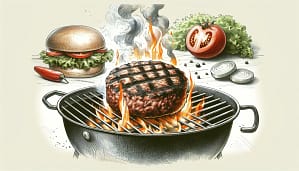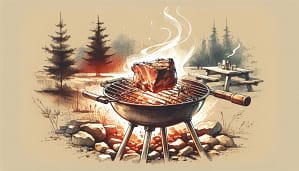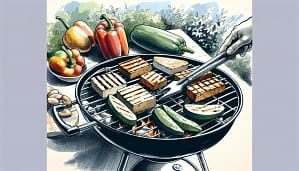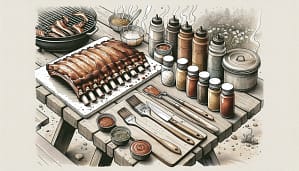Advantages to disadvantages of Gas Grills

advantages of gas grills
Gas and charcoal have long been the two main grilling rivals, however, the sudden increase in popularity of pellet grills has added another. How distinguishes a gas from other fuels then? In contrast to pellet or coal, which take more time to burn and achieve the desired heat, gas grills produce heat instantly.
High Heat – Most gas grills can reach temperatures of over 700°F, and others can even easily reach temperatures of over 1,000°F.
Instant Ignition – The grill usually contains a secondary ignition method in case the primary igniter fails; all you have to do is press a button or turn a knob to start it.
Quick Pre-Heat – After being ignited, gas grills almost instantaneously achieve the proper temperature, and the grilling grates heat up quickly to ensure beautiful burn marks.
Temperature regulation – In addition to being excellent at controlling practically any heat setting, those grills are also made to distribute heat evenly over your cooking surface.
Versatility – Gas grills aren’t just capable of generating high heat. On versions with many burners, direct grilling is feasible, and a few of them can handle minimal smoking.
Easy to Use – Gas grills offer separately regulated burners that may be turned on or off in a matter of seconds and need almost no effort.
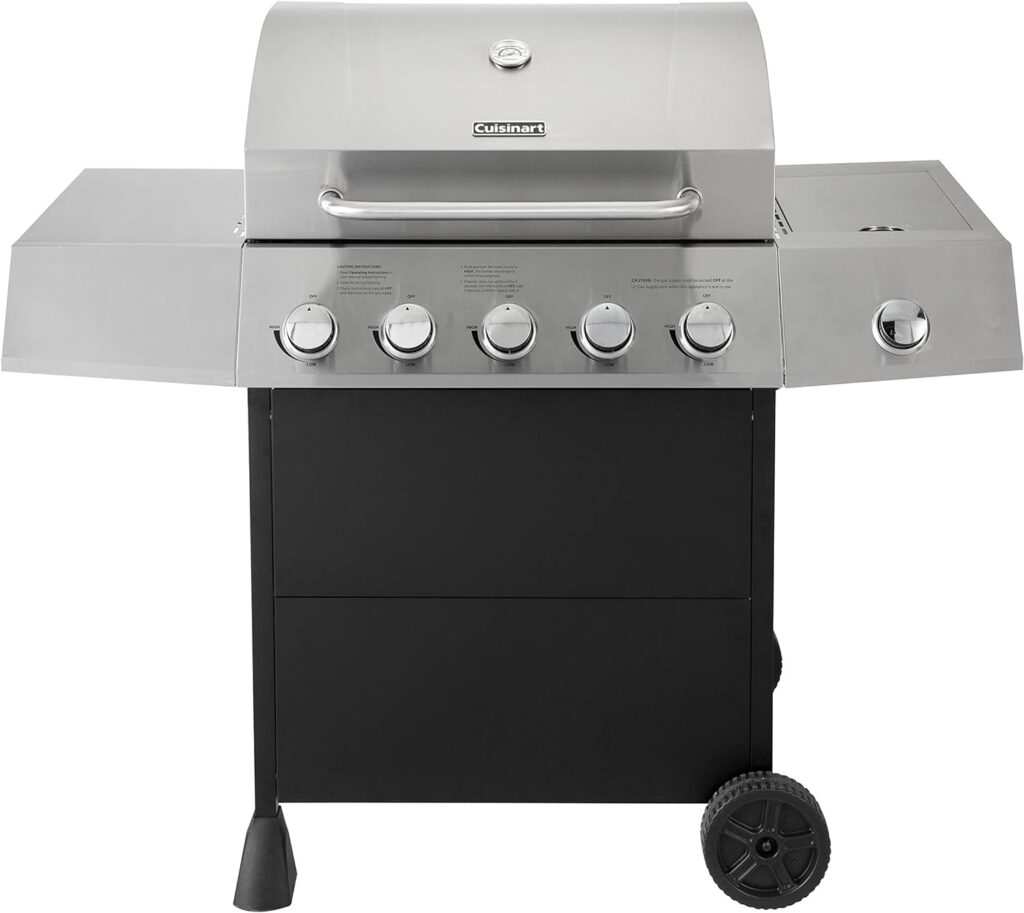
Cuisinart CGG-8500 Side Five Burner Gas Grill
Both propane that is kept in tanks and natural gas that is piped into the house by a utility company is used to fuel gas grills. Remember that only trained specialists should ever touch gas lines, particularly when switching a grill’s fuel.
While there are few distinctions between grills that use natural gas and those that use propane gas, the gas in both is put under a certain amount of pressure before being transferred to the burners for burning.
When the heat has been created for grilling through fuel combustion, it is distributed all through the fire and grill top to cook your meal. Burners, flame tamers, and cooking grates are the three elements that gas grills use to control heat.
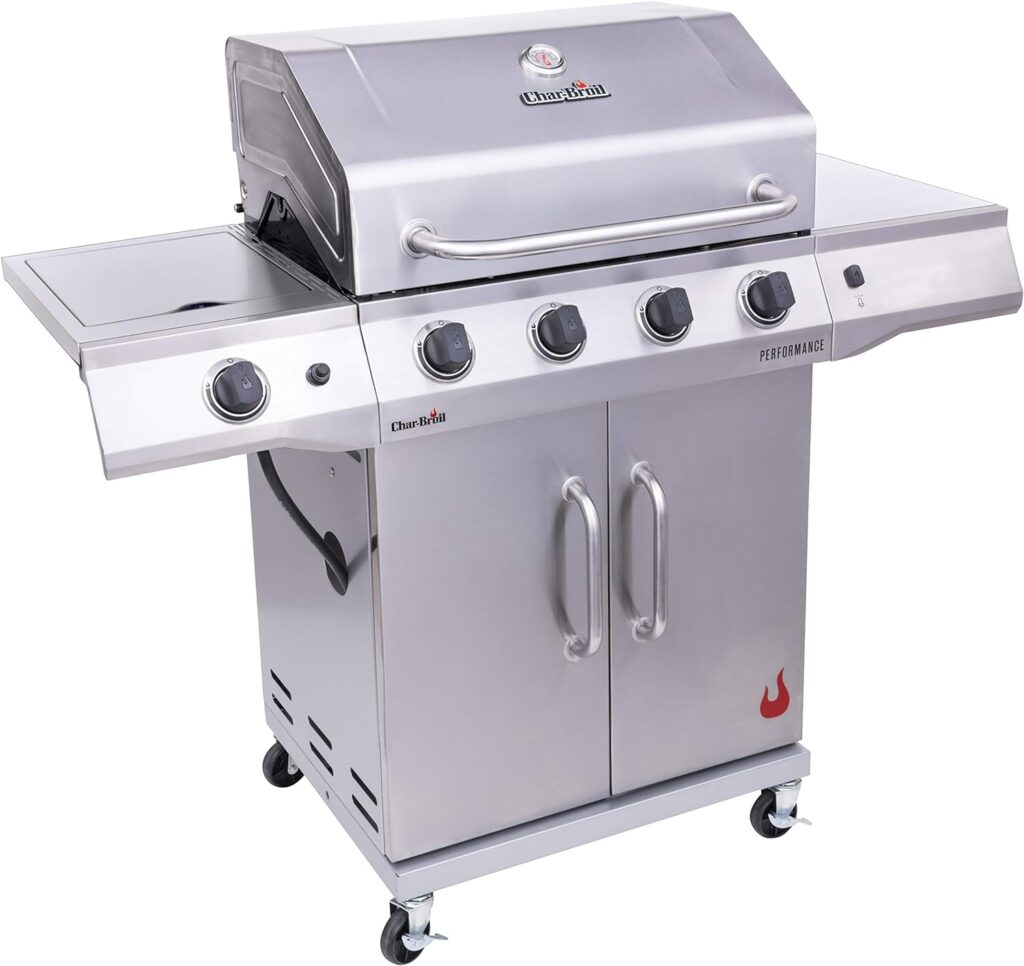
Char-Broil Performance Series Convective 4-Burner
Disadvantages of Gas Grills
While gas grills are a popular choice for outdoor cooking, they do have some disadvantages, including:
Less Flavor: Gas grills are known to produce less flavor compared to charcoal grills, which provide a smoky flavor to the food. However, some gas grills come with a smoke box to add some smoky flavor.
Expensive: Gas grills are generally more expensive than charcoal grills, and the cost can increase based on the number of burners, additional features, and size.
Dependence on Fuel: Gas grills require a propane tank or natural gas line to operate, which means you need to keep a close eye on the fuel level to avoid running out of gas in the middle of cooking.
Difficulty in Achieving High Temperatures: Gas grills are known to have difficulty achieving the high temperatures required for certain cooking techniques, such as searing.
Safety Concerns: Gas grills can be hazardous if not used properly, as gas leaks or malfunctioning burners can cause fires or explosions. It is important to always follow the manufacturer’s instructions and take necessary safety precautions.
Limited Portability: Gas grills require a gas source to operate, which limits their portability. While there are portable gas grills available, they require a portable propane tank, which can be heavy and inconvenient to transport.
